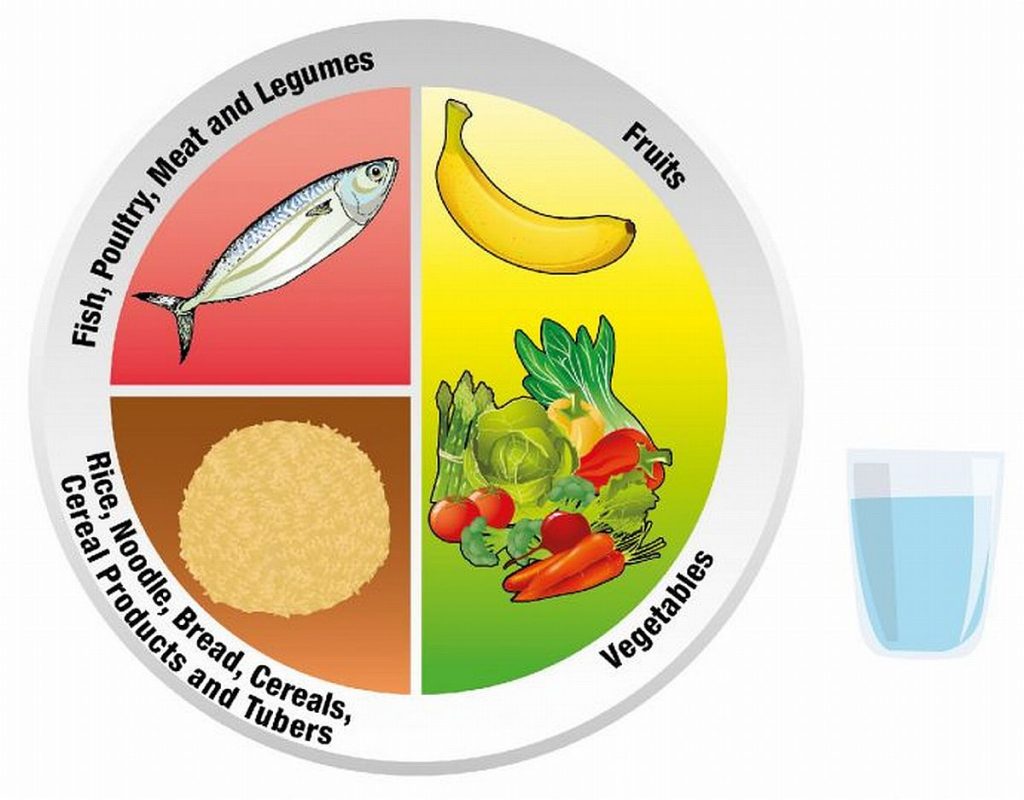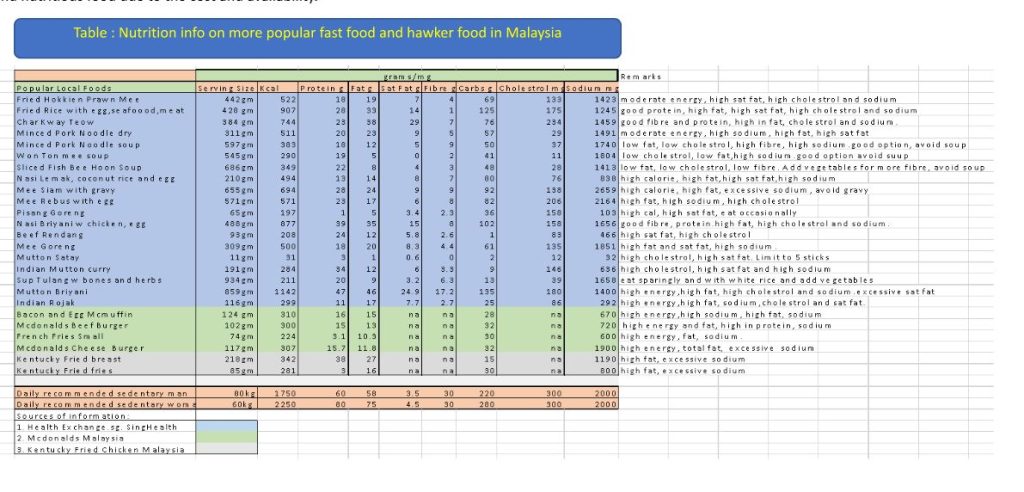The Covid-19 crisis has profoundly changed our attitudes towards building a good immune system. Those who have comorbidities, i.e. hypertension, diabetes, and cardiovascular disease have the highest risk of ending up in the intensive care unit.
According to Prof David Heber of UCLA Health, 70 per cent of the immune system is in the gut, and nutrition is the key modulator of the immune function. Yet during discussions with my colleagues about eating healthy, there is a look on their faces that says “I want to eat a healthier meal but firstly I can’t afford it, and secondly it is not readily available”.
So, my motivation to write this article is not to evangelise the benefits of healthy eating, but to provide data and approaches that my colleagues can use to incorporate optimal food choices into their daily routines.
The Health Crisis In Malaysia
The health crisis in Malaysia is characterised by a rising prevalence of non-communicable diseases (NCDs), such as obesity, diabetes, and hypertension. According to data from the National Health and Morbidity Survey by the Ministry of Health (MOH) in 2019, the prevalence of adults who are overweight in Malaysia was a staggering 50 per cent in 2019.
Similarly, the prevalence of diabetes increased from 8.3 per cent in 1996 to 18.3 per cent in 2019. For those older than 65 years of age, the prevalence of diabetes is a whopping 43 per cent. These trends are alarming, as NCDs are the leading cause of death in Malaysia, accounting for 73 per cent of all deaths in 2019.
Eating Habits And Health Outcomes
Recent health information has highlighted the importance of consuming whole foods, avoiding processed foods, and reducing the intake of added sugars, salt, and saturated fats.
The Malaysian Healthy Plate concept was launched in 2017 as a vital component of the Ministry of Health’s “Suku Suku Separuh” (Quarter Quarter Half) programme.
It’s no secret that consuming a diet rich in these foods can prevent chronic diseases and improve overall health. However, the reality is that many Malaysians find it challenging to adhere to these guidelines.
The awareness of the Healthy Plate concept was found to be 20.4 per cent in the population, with only 14.0 per cent of the adults who were aware of it admitting to practising it daily. Furthermore, 95 per cent of Malaysian are not consuming adequate fruits and vegetables in their diet.

One of the reasons Malaysians find it difficult to shift towards healthy food is the lack of nutrition labelling in our food supply chain. I could not find any information in the MOH website that provided nutrition information for our meals that Malaysians consume on a daily basis.
Fortunately, there is nutritional information of meals consumed in hawker centres on the SingHealth website.
The table below provides the nutritional information of a range of local fast food and hawker food items that are popular among Malaysians. In general, these foods tend to be fried, high in salt and sugar, and devoid of nutrients.
More importantly, lower income groups in Malaysia may have limited access to healthier and nutritious food due to cost and availability factors.

Steps To Address Eating Habits
Malaysians in lower income groups are compelled to eating hawker food due to its cost advantages and lack of other options. Perhaps there can be mitigating factors that will allow them to continue enjoying hawker food while mitigating the ill effects of its high salt, high saturated fats, and low fibre content. These include:
- Choosing healthier options. Opting for dishes that are steamed, boiled, or stir-fried instead of deep-fried, and those that are made with whole grains and vegetables. Additionally, selecting dishes that are lower in salt, such as those with less soy sauce, can also help reduce sodium intake.
- Reducing portion sizes. Limiting the amount of food consumed can help control calorie intake and reduce the risk of overeating. Sharing meals or ordering smaller portions can help in this regard.
- Drinking water instead of sugary drinks. Malaysians often consume sugary drinks with their meals, which can contribute to weight gain and other health problems. Drinking water or unsweetened beverages instead can help reduce sugar intake.
- Adding vegetable portions to hawker food or requesting for more vegetables to be added to food portions. It may cost a little more, but it adds significant nutritional value.
- Using apps that are available in the Apple store or Google Play. I use the MyFitnessPal app to build a diary of my daily food intake. To my surprise, I found that my intake of fibre and calcium was insufficient, and I have since adjusted my diet accordingly.
The government and private sector can also play a role in building awareness of healthy eating habits and the nutritional impact of hawker food. Here are some ways they can do so:
- The MOH needs to develop a database of nutritional data of popular meals that are available. This will help consumers make more informed choices about what they eat.
- If accurate labelling of foods is compiled, the private sector can develop apps with accurate nutrition information for the public to make informed choices. Currently, the only app available is MyFitnessPal, which carries nutritional information of many local foods, but I have found that it is not complete and has inaccuracies.
- The government should remove the subsidy for sugar and flour. There is no justification to continue with subsidies for a food item that is contributing to a sicker nation.
- For the long term, nutrition education in schools needs to be implemented. By including nutrition education in the school curriculum, the next generation can be educated about the importance of healthy eating habits. Schools can also provide healthy food options in their canteens and discourage unhealthy food choices. By starting early, children can develop healthy eating habits that will last a lifetime.
In conclusion, building awareness about healthy eating and the nutritional impact of fast food and hawker food requires a combination of nutrition labelling, collaboration with the private sector, and education.
Real change can only happen when the public make informed choices and are made aware of the long-term consequences of unhealthy eating habits.
- This is the personal opinion of the writer or publication and does not necessarily represent the views of CodeBlue.







